Let’s practice inferring the correct order of the sentences that make up a paragraph! I love exposing my students to classic stories, so I’m using Project Gutenberg to grab interesting text. Project Gutenberg is a database of public domain writing.
I picked The Wonderful Wizard of Oz to grab some paragraphs from. Why choose a book below my students’ reading level? It makes practicing this particular skill easier plus it is a classic book AND movie that few of my students have experienced. This opens up some great possibilities later if I find the class getting intrigued with the sample paragraphs (a few of my students even connected Wicked with our earlier story-remix project).
Paragraphy At Work
A simple (and legal!) copy from Project Gutenberg gave me the first paragraph from the story:
Dorothy lived in the midst of the great Kansas prairies, with Uncle Henry, who was a farmer, and Aunt Em, who was the farmer’s wife. Their house was small, for the lumber to build it had to be carried by wagon many miles. There were four walls, a floor, and a roof, which made one room; and this room contained a rusty-looking cookstove, a cupboard for the dishes, a table, three or four chairs, and the beds. Uncle Henry and Aunt Em had a big bed in one corner, and Dorothy a little bed in another corner. There was no garret at all, and no cellar–except a small hole dug in the ground, called a cyclone cellar, where the family could go in case one of those great whirlwinds arose, mighty enough to crush any building in its path. It was reached by a trap door in the middle of the floor, from which a ladder led down into the small, dark hole.
I turned that a randomly ordered set of sentences:
- There were four walls, a floor and a roof, which made one room; and this room contained a rusty looking cookstove, a cupboard for the dishes, a table, three or four chairs, and the beds.
- It was reached by a trap door in the middle of the floor, from which a ladder led down into the small, dark hole.
- Uncle Henry and Aunt Em had a big bed in one corner, and Dorothy a little bed in another corner.
- There was no garret at all, and no cellar–except a small hole dug in the ground, called a cyclone cellar, where the family could go in case one of those great whirlwinds arose, mighty enough to crush any building in its path.
- Their house was small, for the lumber to build it had to be carried by wagon many miles.
- Dorothy lived in the midst of the great Kansas prairies, with Uncle Henry, who was a farmer, and Aunt Em, who was the farmer’s wife.
Raise The Goal
Rather than simply asking my students to put the paragraph in the correct order, I want them to “find patterns” to help them do this in the future. What clues do we look for to put a paragraph back in the right order? We can use these findings to then write high-quality paragraphs.
I’d also wrap the lesson around the universal theme of systems. Sentences in a paragraph work together to form a system.
Best of all, by building on a classic, my students get to dabble with interesting vocabulary and experience outstanding figurative language. Some of my students will even grow intrigued enough to find the book (and its multitude of sequels) in the school library.
I love lessons like this because I feel like I’m killing whole nests of birds with a single stone. I am doing my job as a gifted teacher when my students practice a necessary skill but also chatter on their way to lunch about the ethical issues of the word “munchkin.”
Byrdseed.TV folks!
There’s a whole section related to this idea of re-ordering mixed up paragraphs!
